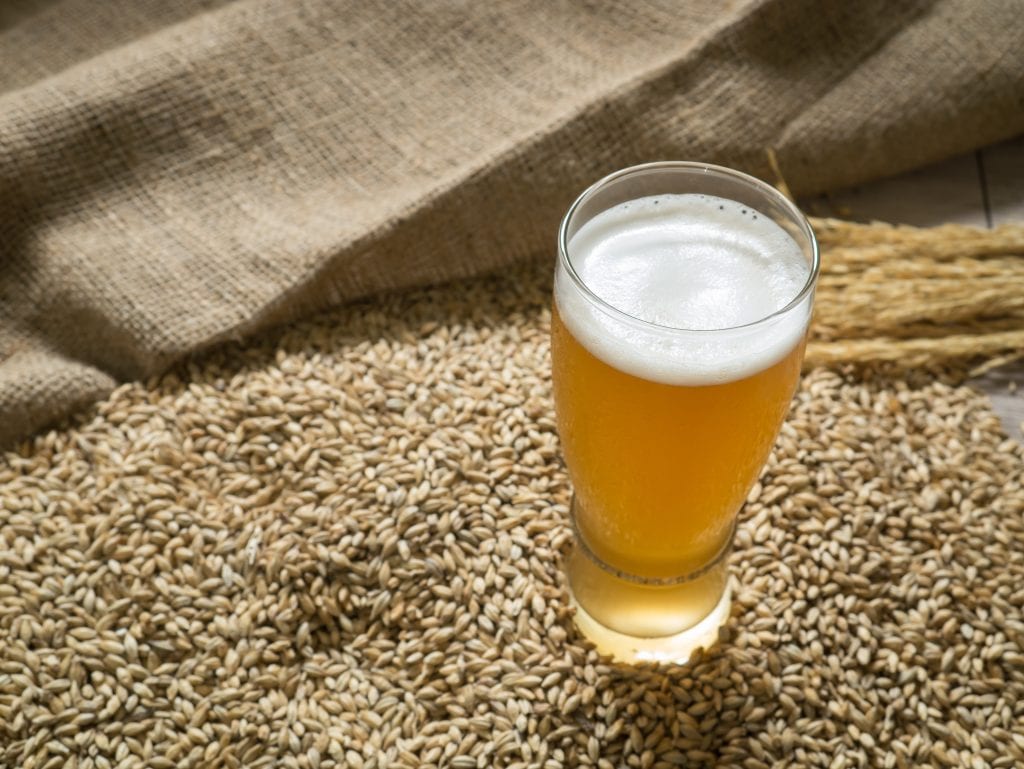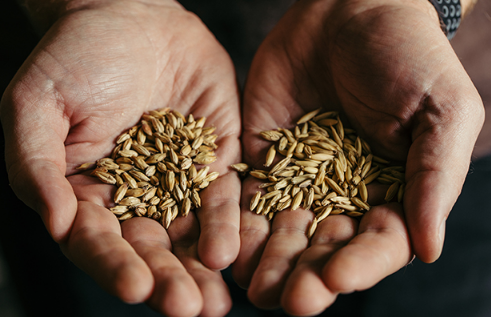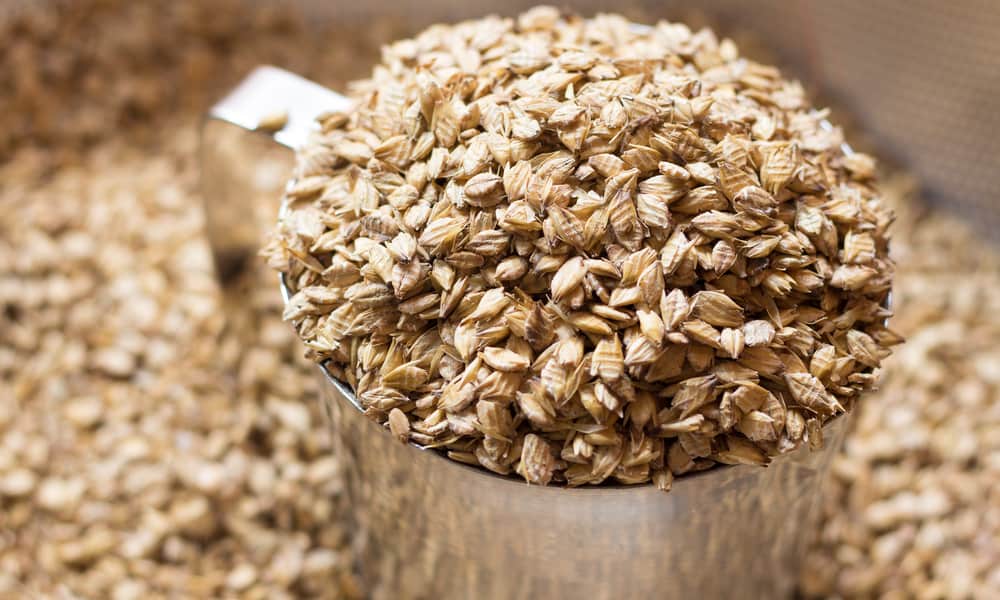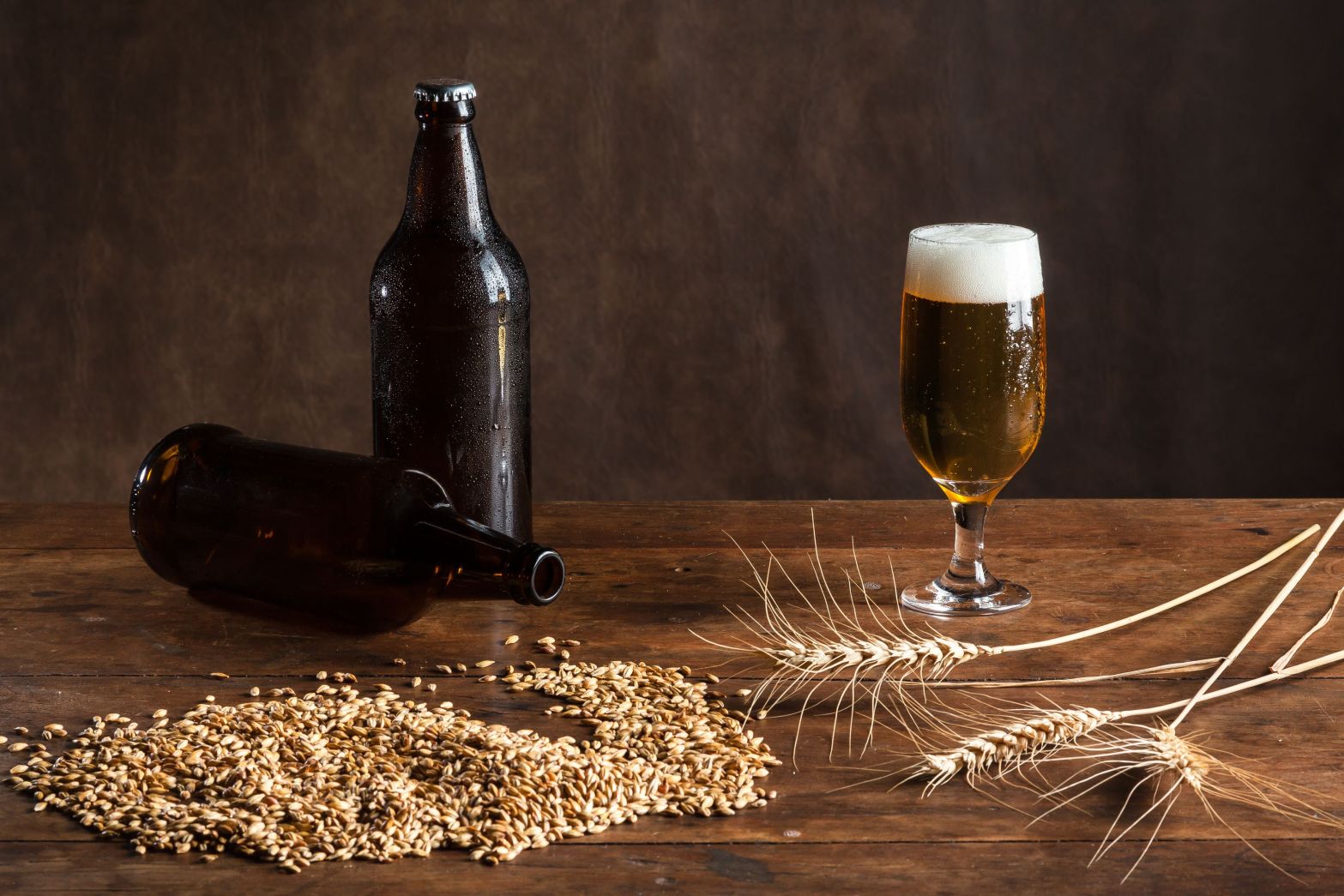It goes without saying that the most important ingredients in beer home brewing are the hops. They’re essential for obtaining the needed flavour and beer richness, however, it seems that there is another irreplaceable part of the whole beer making process and that’s the use of homebrew yeast. The truth is, without yeast, there would be no beer or alcohol at all. What’s more, it’s said that yeast can also affect the beer’s flavour and even more than hops which makes it a fundamental ingredient. Yeast is known for its strong fermentative characteristics. When in touch with oxygen, it allows converting sugars from carbohydrates into alcohol. Although in the past, brewers didn’t have the option to choose from a large selection of yeast, one thing was certain, beer yeast is paramount for beer making.
What Makes It So Special?
It Adds Flavour to the Beer
Did you know that beer yeast can add fruity flavour to it?! Yup, that’s right and all thanks to the reaction between acid and alcohol. Although the new beer brewing processes contain the use of some kinds of fruit, the traditional way of adding fruit flavour is through yeast. This alcohol and acid reaction produce a chemical compound that is known as an ester.

Another interesting thing you should know about yeast is that generally, you can choose between ale and lager yeast, where the ale type can produce fruiter notes. Nowadays, you can choose from a large selection of homebrew yeast coming from different manufacturers and all of them can differ in their aroma, allowing you to choose even from yeast that can evoke banana, citrus and tropical aromas. These yeast aromas are known for their ability to create a stronger flavour, while milder yeast types can produce apple and pear flavours.
The Yeast’s Strain Can Provide Different Flavours
When it comes to beer flavour, it’s said that one yeast can provide a whole bunch of different flavours. To make things more clear, you should know that there are literally hundreds of strains of ale yeast, and the way it’s treated matters. For instance, the same ale strain can have and can produce different characteristics as you change the beer temperature or amount of sugar during the brewing process.

How to Find the Right Beer Yeast?
Consider the Degree of Attenuation
The first thing to know about attenuation is that it refers to the percentage of available wort sugars that are obtained from the fermented yeast. The typical apparent attenuation or the attenuation calculated from hydrometer readings is:
- Low – 72% or lower
- Medium – 73 – 77%
- High – 78% or more
The type of degree you choose should mainly depend on your personal taste and on the beer style you want to create. For instance, if you want a beer with a drier finish, you should look for more attenuation than less. If this is your first time brewing and you’re not sure what to choose, ask for recommendations.

Think of the Flocculation
Flocculation is the process where yeast cells clump together. The part of the process where yeast cells have reached a critical mass where they have dropped to the bottom of the fermenter, looking like a compact cake that comes off in chunks. The thing about this process is that some strains demonstrate low flocculation which is also okay with some types of beer. So, in order to choose the right type, you should consider the type of beer you’re going to brew.
Alcohol Tolerance
The alcohol tolerance is designed to show how much alcohol a yeast strain can tolerate. Over the years, brewers have pressured yeast strains in order to adapt them to different conditions. Given the fact that a particular yeast type can only work well with a particular type of beer, the key is to choose a yeast strain that can survive beyond the estimated alcohol level of the chosen beer type.
Temperature Range
The first thing you should know about yeast and temperature is that all yeasts can ferment at temperatures above the indicated limit. However, the truth is that the end results won’t be satisfying since this can affect the flavour. That’s why knowing and respecting the chosen yeast’s optimal temperature range is essential. This can also affect your equipment since some equipment or the lack of equipment can limit you to fermenting at the desired temperatures. So, before choosing any yeast, consider both the yeast’s flavour profile and the fermentation environment.
If not sure what type of yeast is the right type for your needs, you can always consult with a friend or family member who has more experience in home beer brewing. If not, you can always seek advice from the store’s team of experts. They can surely help you find the right type of beer yeast in order to obtain the beer of your dreams

